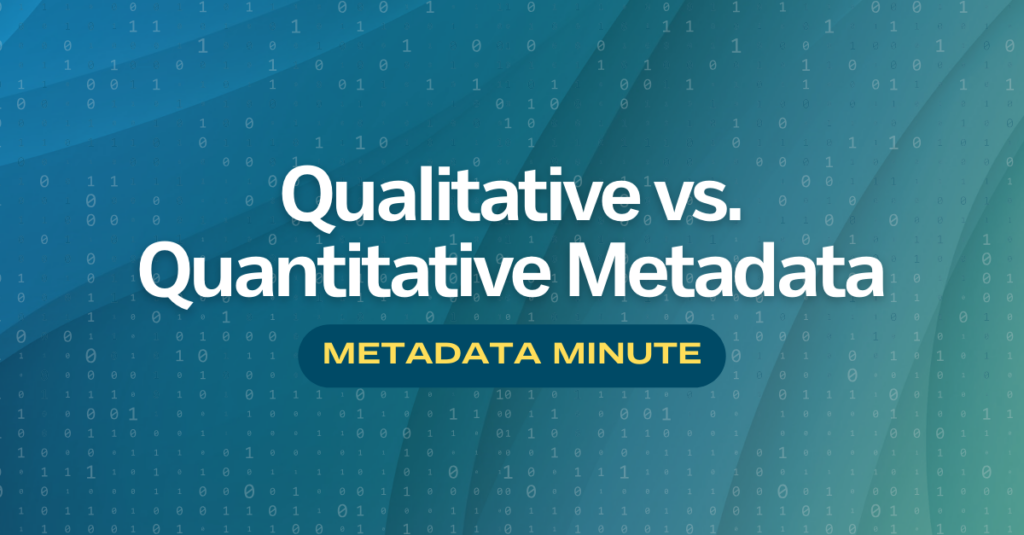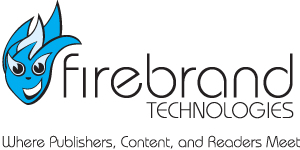
Metadata Minute (Issue #6):
Qualitative vs. Quantitative Metadata
The Metadata Minute is your monthly guide to boosting book sales and visibility by mastering metadata elements! Whether you’re an author, publisher, marketer, or industry enthusiast, “Metadata Minute” has something to offer everyone.
🔍What to expect:
- Insights from industry experts
- Tips and techniques to perfect your metadata for backlist & frontlist titles
- The latest industry trends in metadata practices, ensuring you’re always one step ahead
- Case studies proving the power of metadata transformations
Subscribe today to receive the “Metadata Minute” newsletter on the last Monday of each month. If you missed it, they will also be included in our monthly Firebrand Newsletter, sent straight to your inbox.
Did you know there are two different types of metadata?
If you think back to your high school science years, you may remember learning about the difference between qualitative and quantitative data. In case you don’t, here’s a quick summary. Quantitative data is information that can be counted or measured in numerical values, such as a statistic or metric, whereas Qualitative data is information that is not represented by numbers, but rather observations, interpretations, etc.
At Firebrand, we utilize the same terminology for categorizing different kinds of metadata. Keep reading to learn about the differences.
Quantitative Metadata / BEO
Quantitative metadata impacts the visibility and awareness of a title in online marketplaces. When metadata is more beneficial to the search and discovery process, or more utilized by computer systems and search engines than by consumers, we would classify that metadata as quantitative.
Good examples of quantitative metadata are keywords, BISAC subjects, and genres. It’s computer-friendly metadata that helps to sort titles and make them more visible to readers.
Optimizing your quantitative metadata can provide a boost to your book’s discoverability and visibility on retail sites. At Firebrand Technologies, we call this Book Exposure Optimization (BEO), which you might think of as being similar to Social Media Optimization.
But, as you can see by the graphic below, quantitative metadata is just the beginning.

Qualitative Metadata / CRO
Qualitative metadata is the next stop in the buyer’s journey and is mainly focused on the consumer’s perception of the product and influencing their willingness to purchase. Whether the product is interesting or desirable is what turns a viewer into a buyer. You likely have heard of the term CRO (Conversion Rate Optimization), which is the process of utilizing different tactics to increase the percentage of visitors who perform a desired action—in this case purchasing a book. That is, in a nutshell, the value of qualitative metadata.
Book descriptions and author bios are good examples of qualitative metadata – what the potential buyer sees AFTER they’ve clicked on your title in the search results. Other types of qualitative metadata include reviews, tables of contents, book excerpts, and A+ content.
* In case you’re wondering, images are both quantitative AND qualitative, making images arguably one of the more important types of metadata, especially in this visually-driven society.
To learn more about different types of metadata and how to get the most out of them, consider taking Joshua’s Learning Metadata for Book Publishing Online Class! Subscribe to the monthly Metadata Minute for more helpful tips and information!
